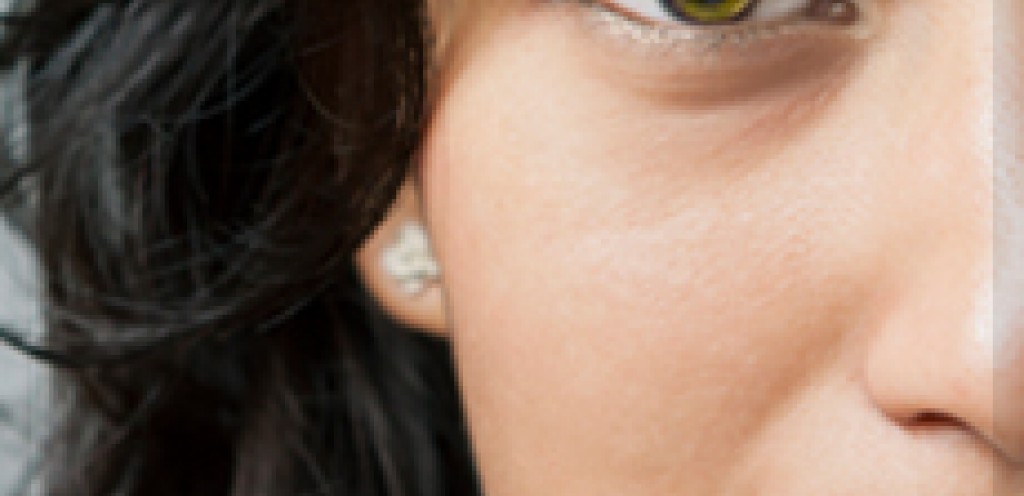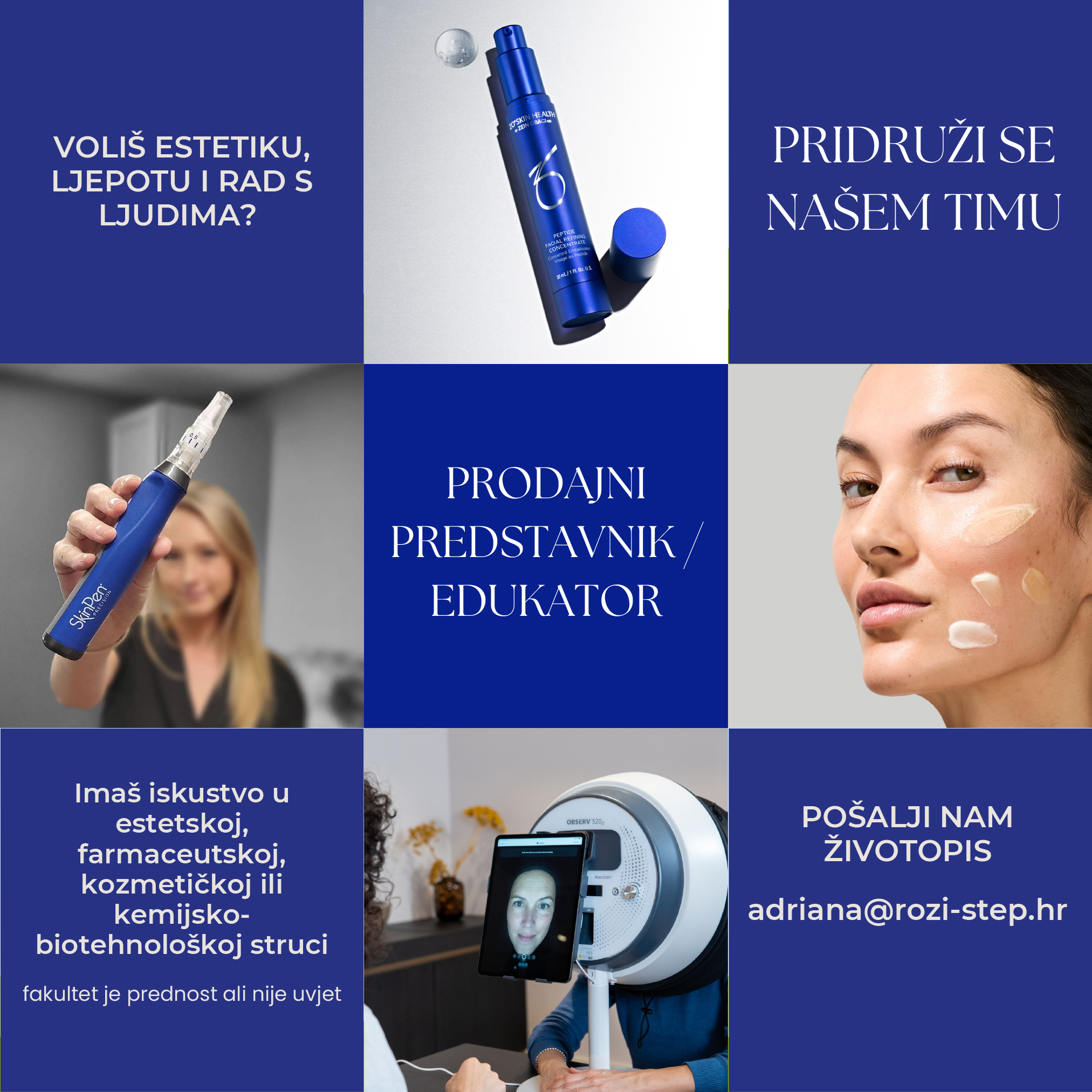 Moja Ortopedija Rozi Step
Moja Ortopedija Rozi Step

Get Smart About Fillers
If you’re in your 40s or 50s, chances are you’ve noticed some vertical lines in your face—not wrinkles, but loss of volume.
To the rescue: facial fillers. There are several on the market now, some of which you’ve probably heard about. But which one is right for you? Your doctor may be the best judge of that, but here are some things that you should know.
After you have lost collagen and elastin, fillers help the dermis return to a more youthful condition. They work underneath the skin to trap water, plump the skin, and restore volume that has been lost. They’re frequently used in the naso-labial folds on the sides of the nose and the “marionette lines” around the corners of the mouth. These areas are particularly susceptible to breakdown because there is so much chewing, talking, and smiling. But facial fillers can also be used to raise scar depressions, plump the lips, and enhance the temples, cheeks, or lower eyelids.
With fillers, there is little pain and not much downtime—although swelling and minor bruising can last for up to a week. Your doctor will use a fine needle and may use a numbing cream or local anesthetic to reduce the pain.
Fillers are made from synthetic compounds that are safe for your skin. There are many different brands, including Restylane, Juvederm, Perlane, Sculptra, and Radiesse. Restylane, Juvederm, Perlane are all made from hyaluronic acid, which is a natural sugar compound and provides fullness to the skin. Radiesse is made of tiny crystals that contain calcium hydroxyapatite, a substance found in our bones and skin.
Here are some of the pro’s and con’s of each:
- Restylane: particularly good for nas0-labial folds, smile lines, forehead wrinkles, and lips. You can expect it to last for about 6-12 months.
- Perlane: injected deeper, so typically recommended for the cheeks, chin, eyebrows, and around the mouth. The manufacturer claims it lasts 9-12 months. Not as popular as it used to be.
- Juvederm: you’ve seen this advertised for the “parentheses” folds. It’s the leading brand and from the company that brought us Botox. Lasts for about 6-12 months in the nasolabial folds, about 3-6 months in the lips.
- Radiesse: recommended for smiles and nas0-labial folds. Lasts for up to a year.
- Sculptra: generally multiple treatments are performed over a period of several months, but it lasts for 2-4 years. Has lidocaine added to reduce discomfort. Generally more expensive.
At the Obagi Skin Health Institute, Dr. Obagi uses Juvederm and Sculptra. Ask your doctor to explain his/her recommendations. It’s your face and your money, so make an informed decision and be sure to select a provider who is well-qualified.


